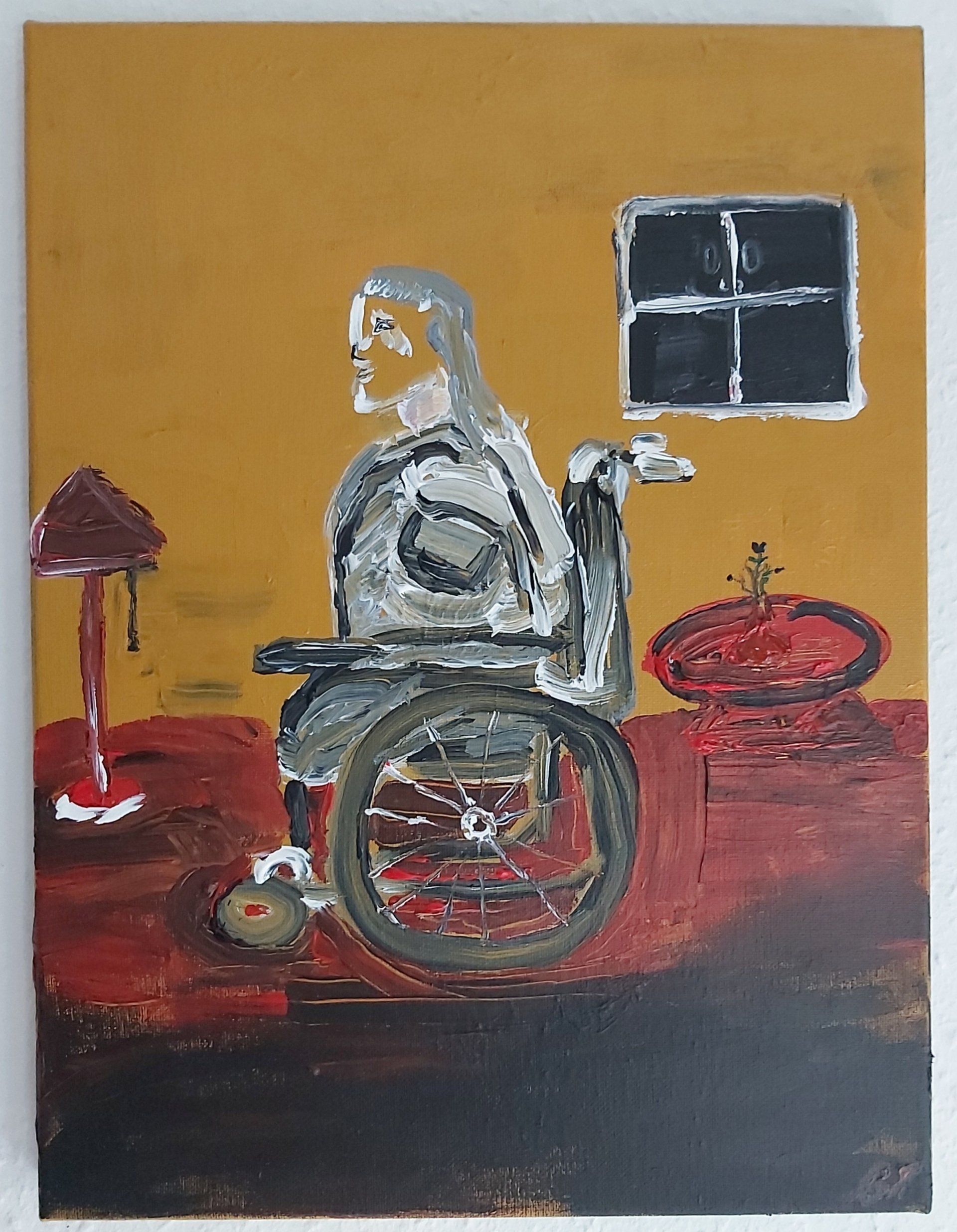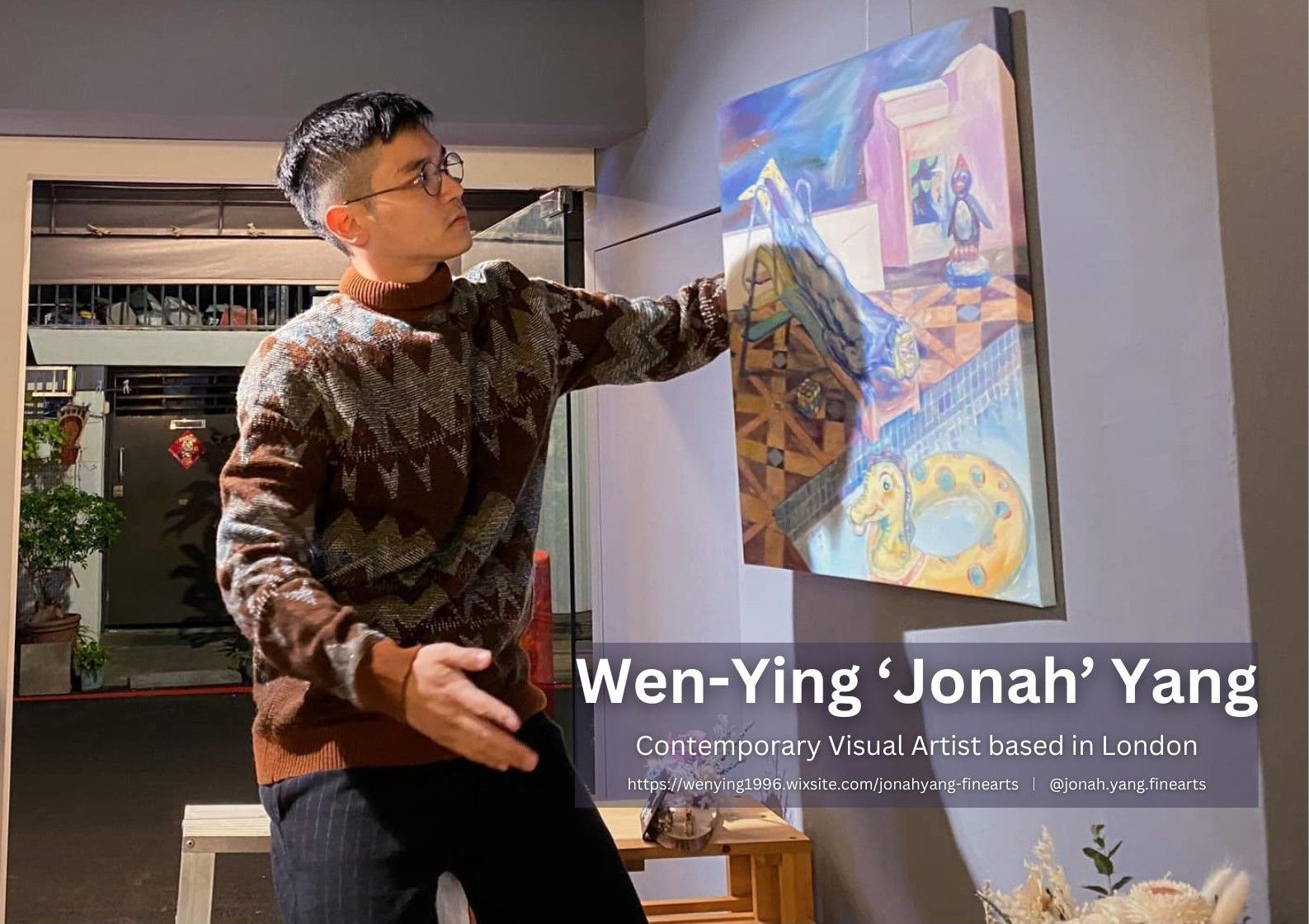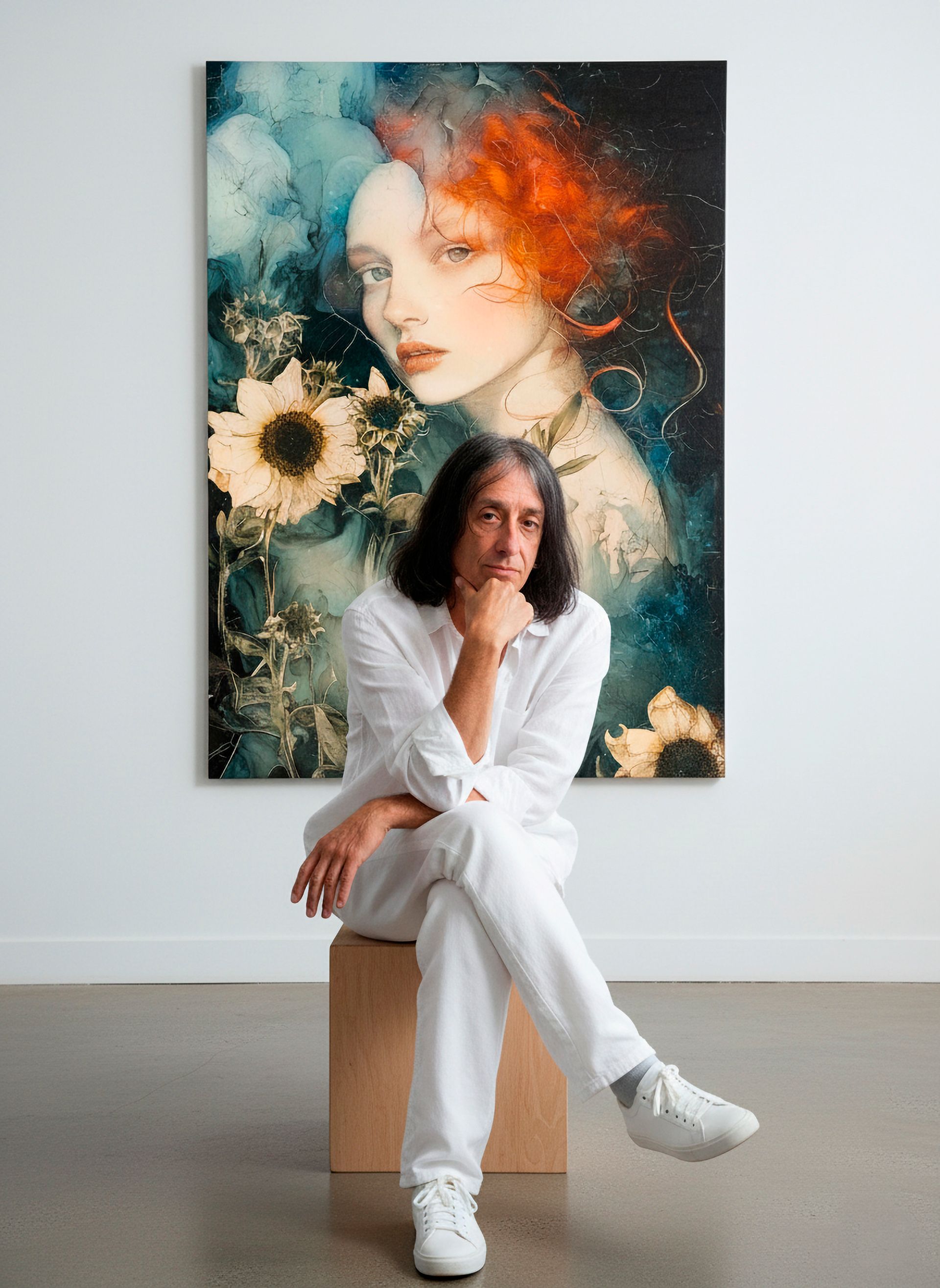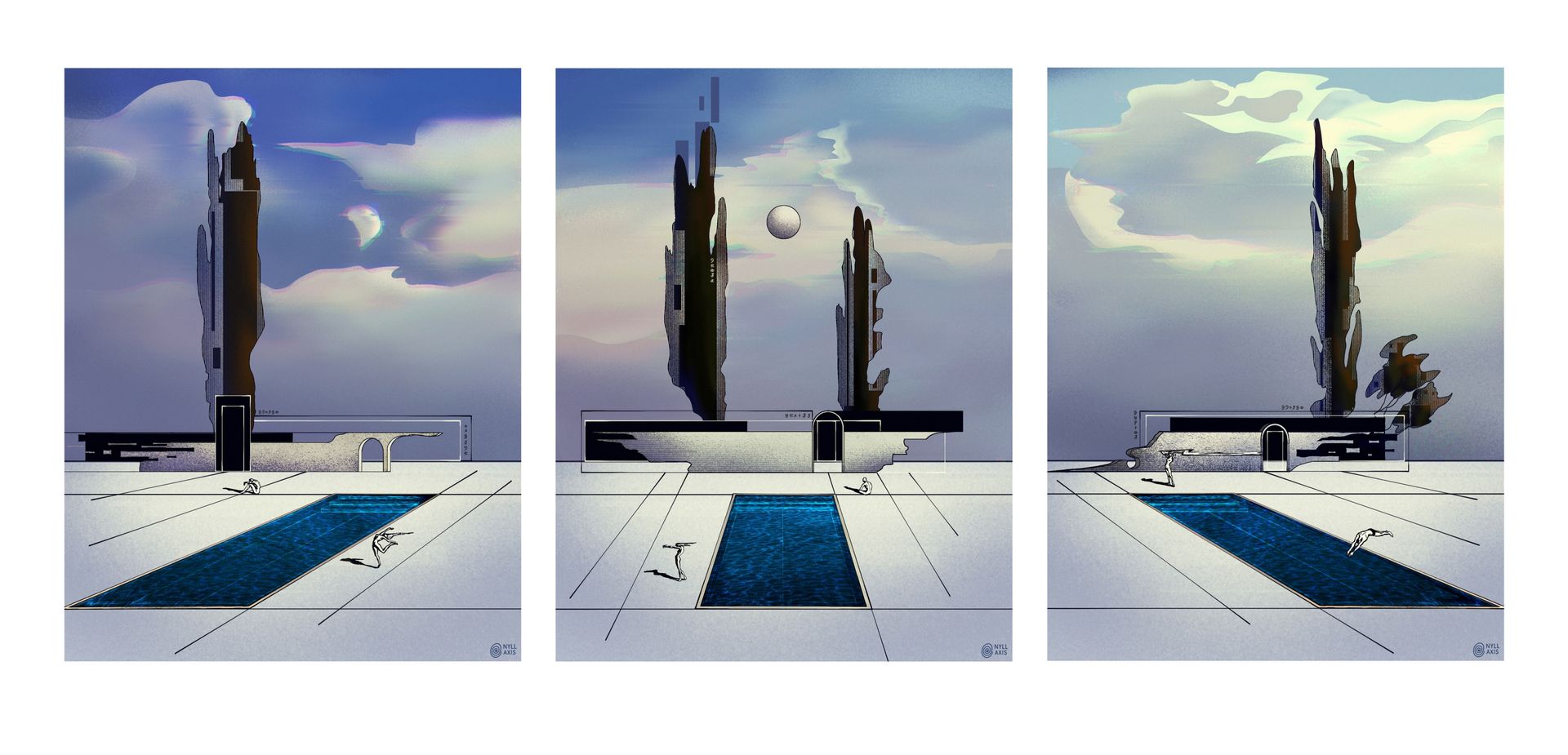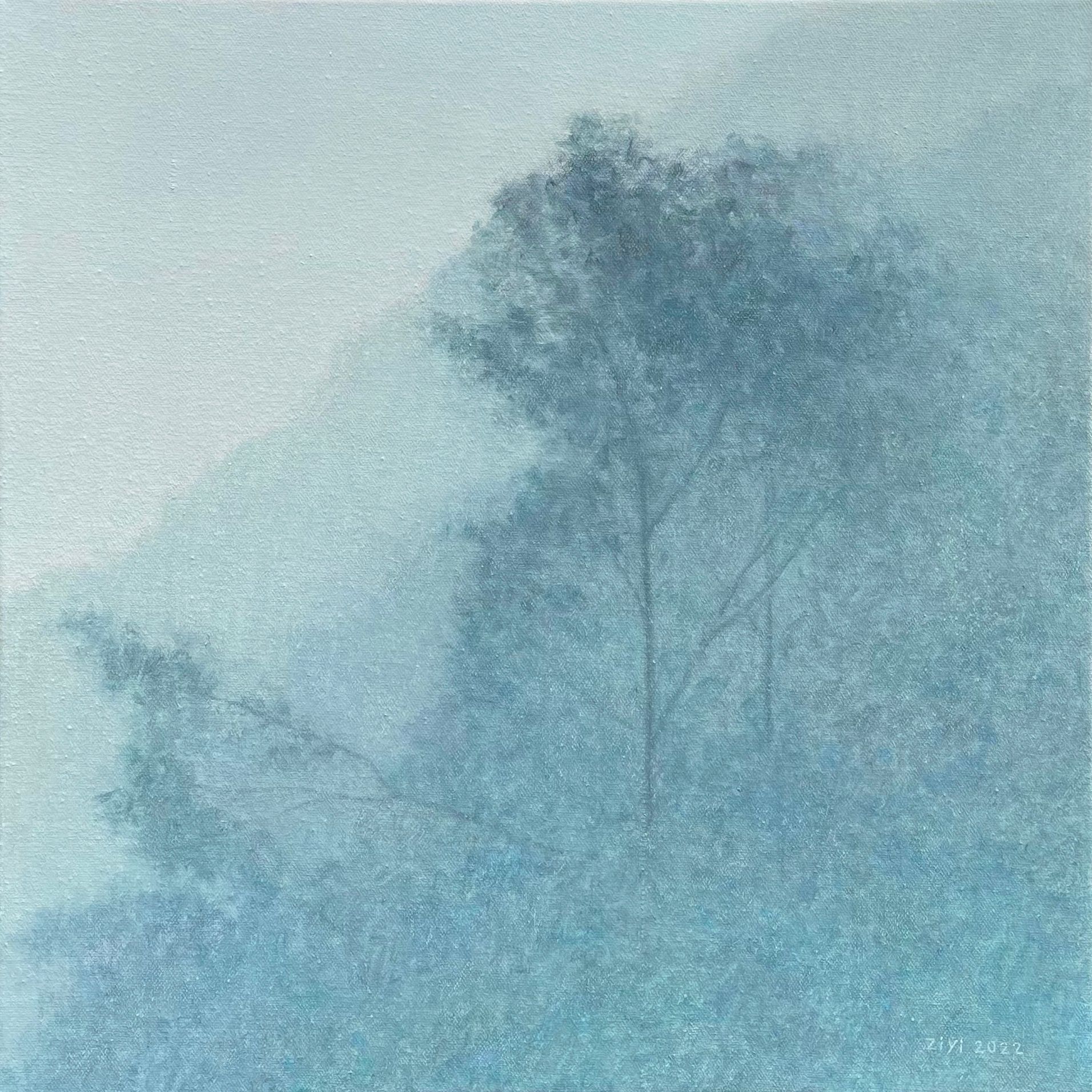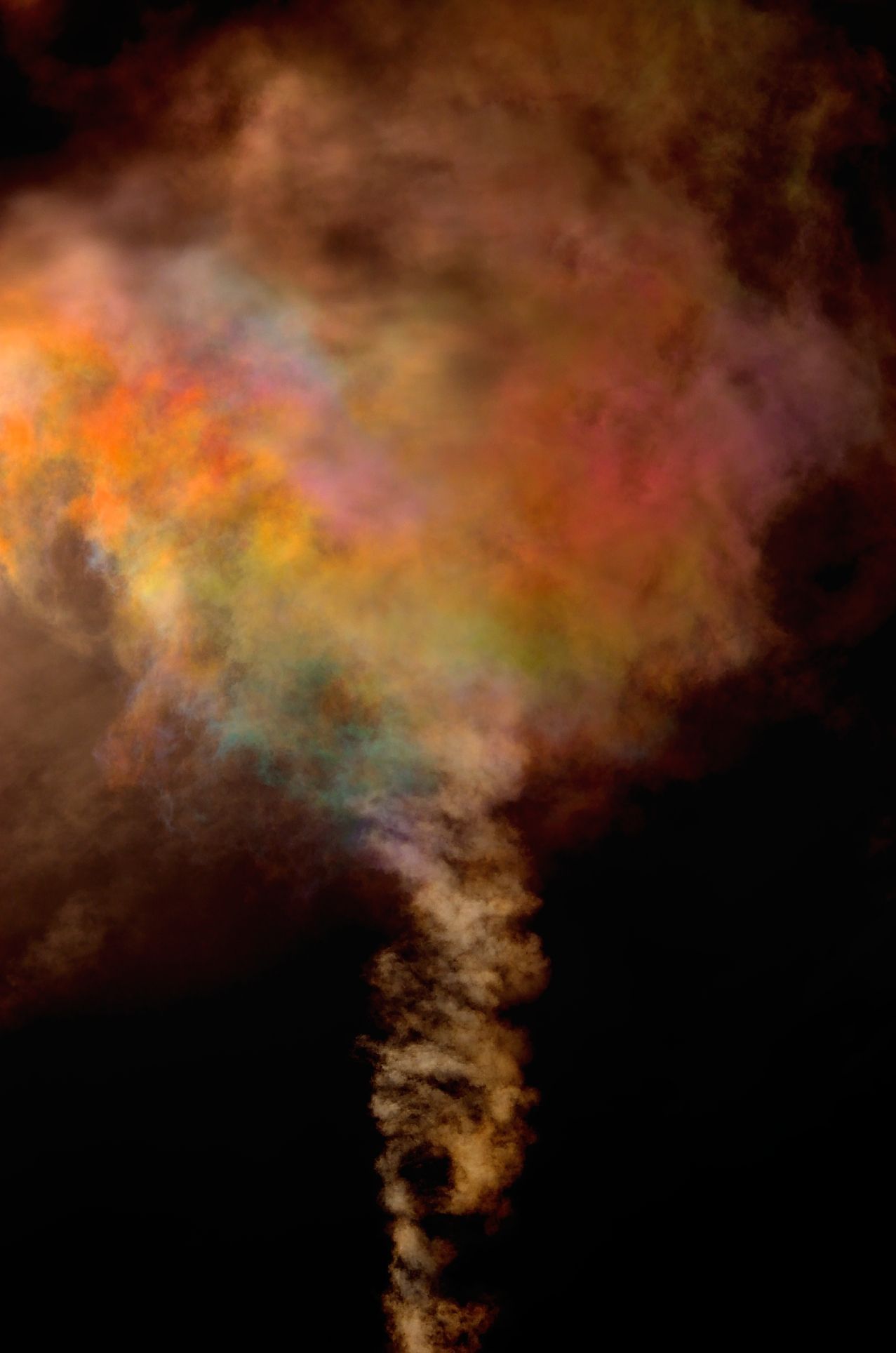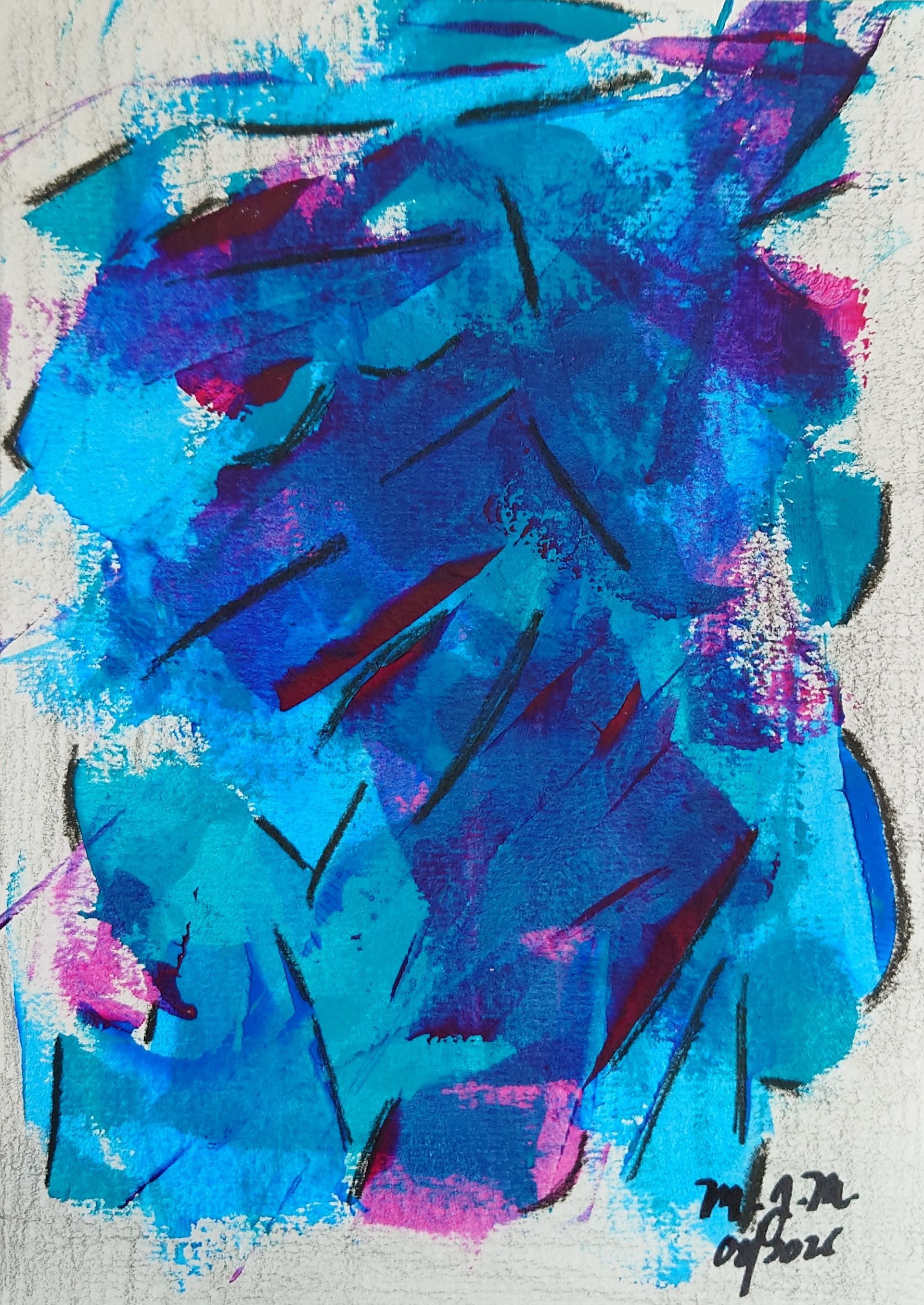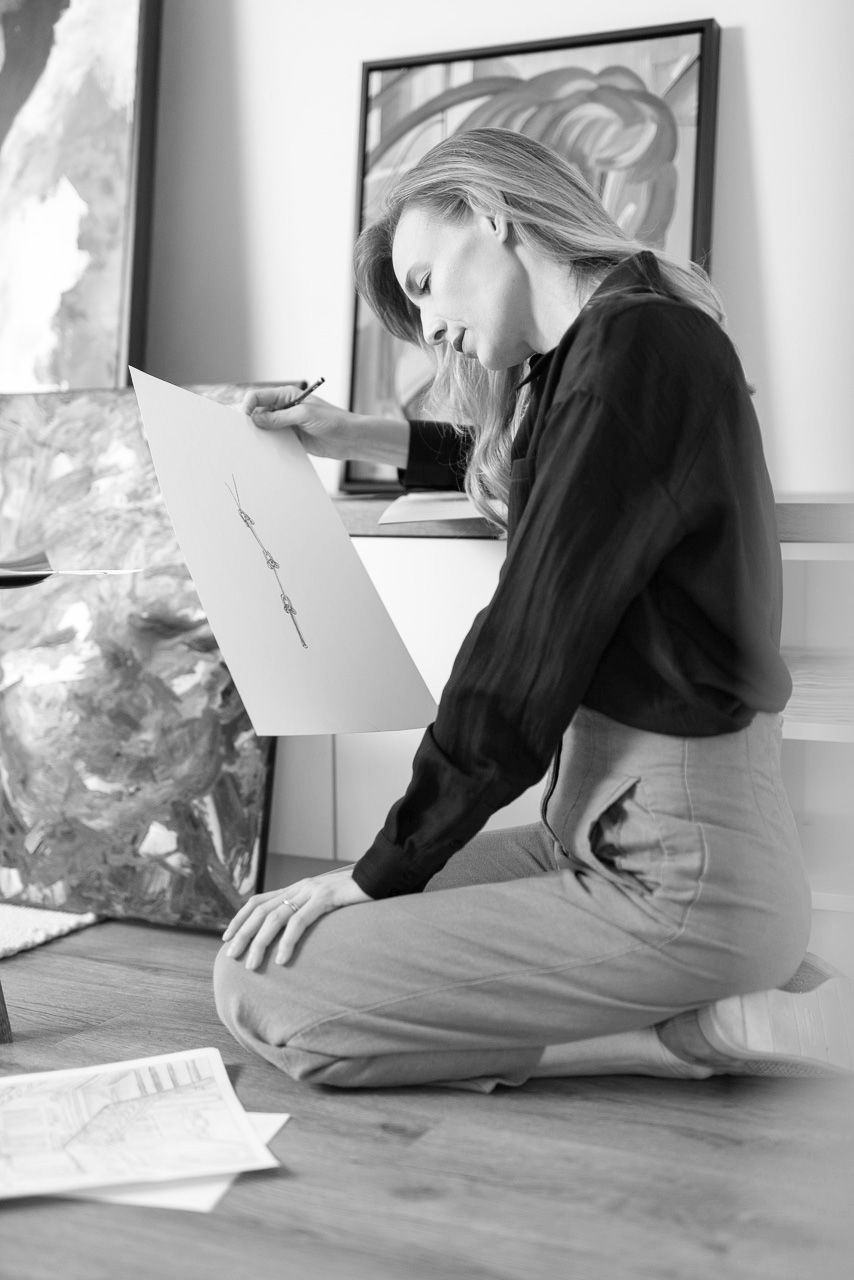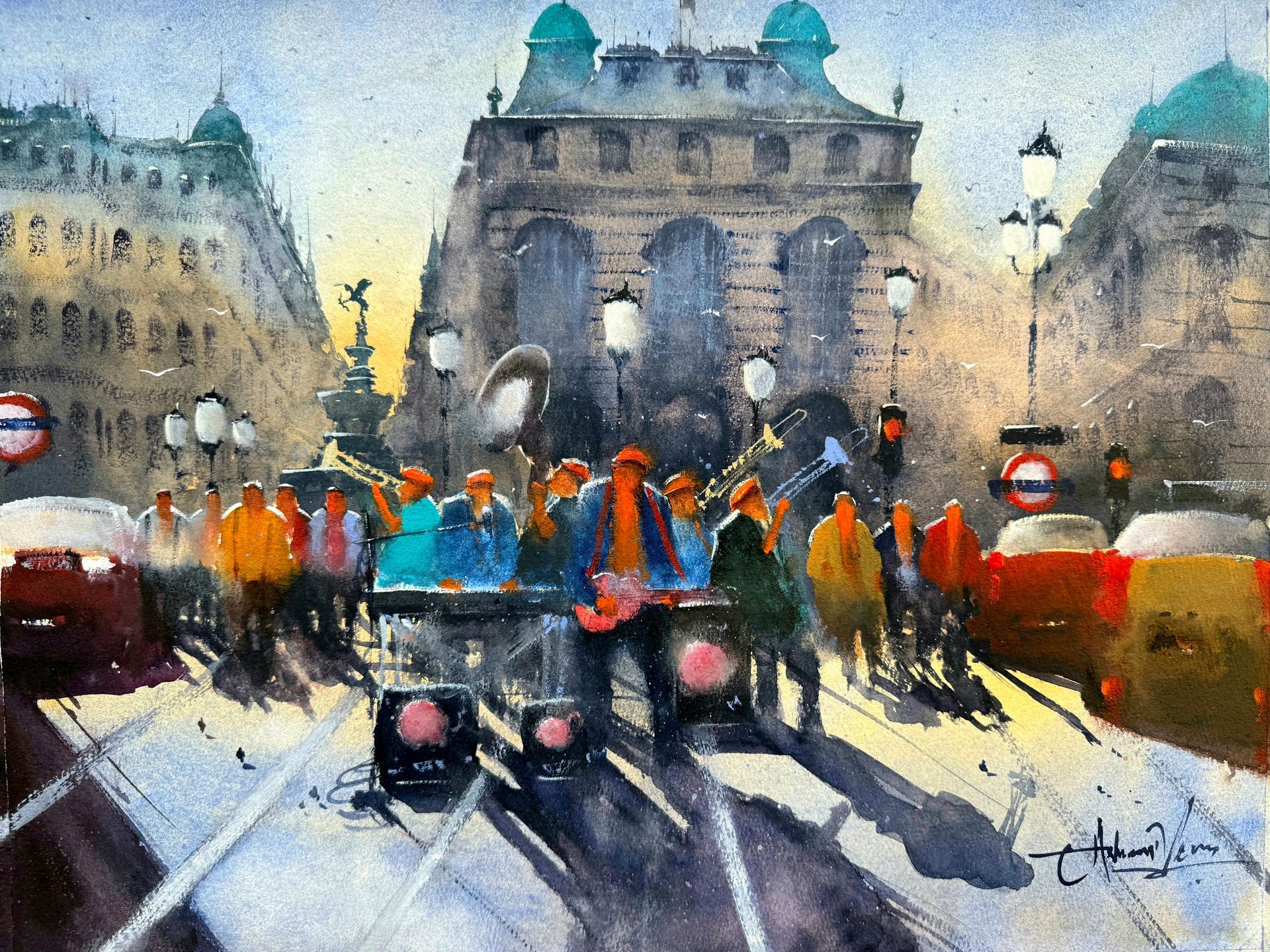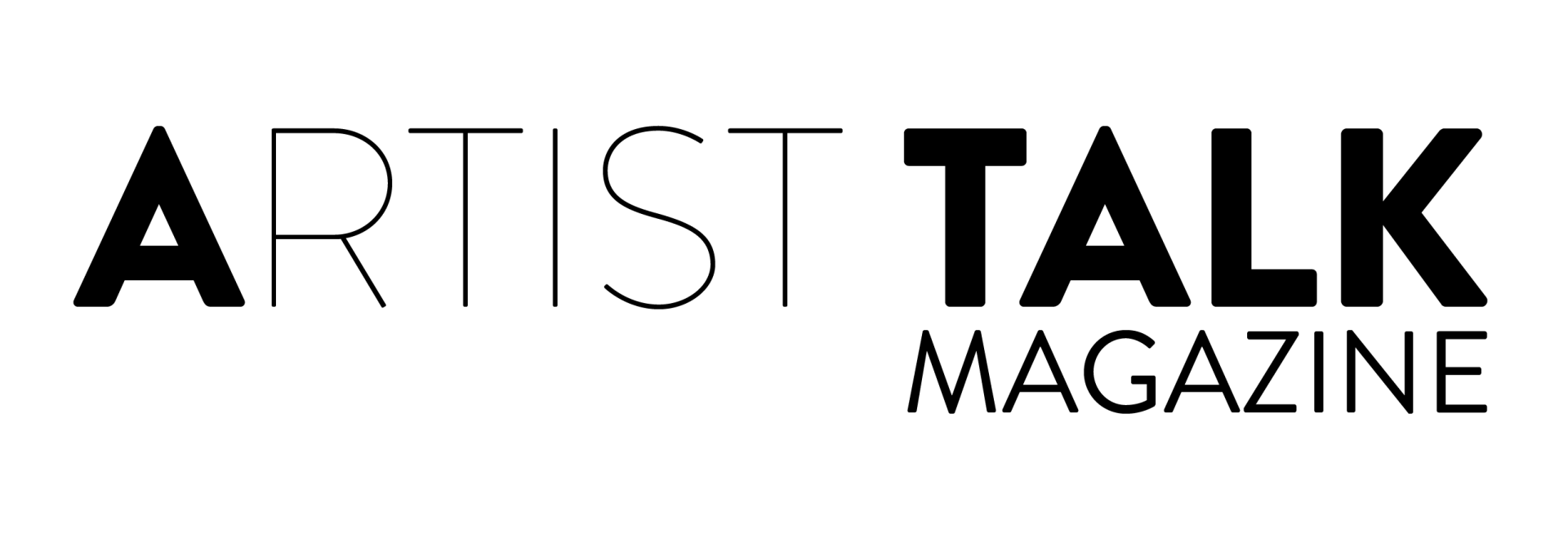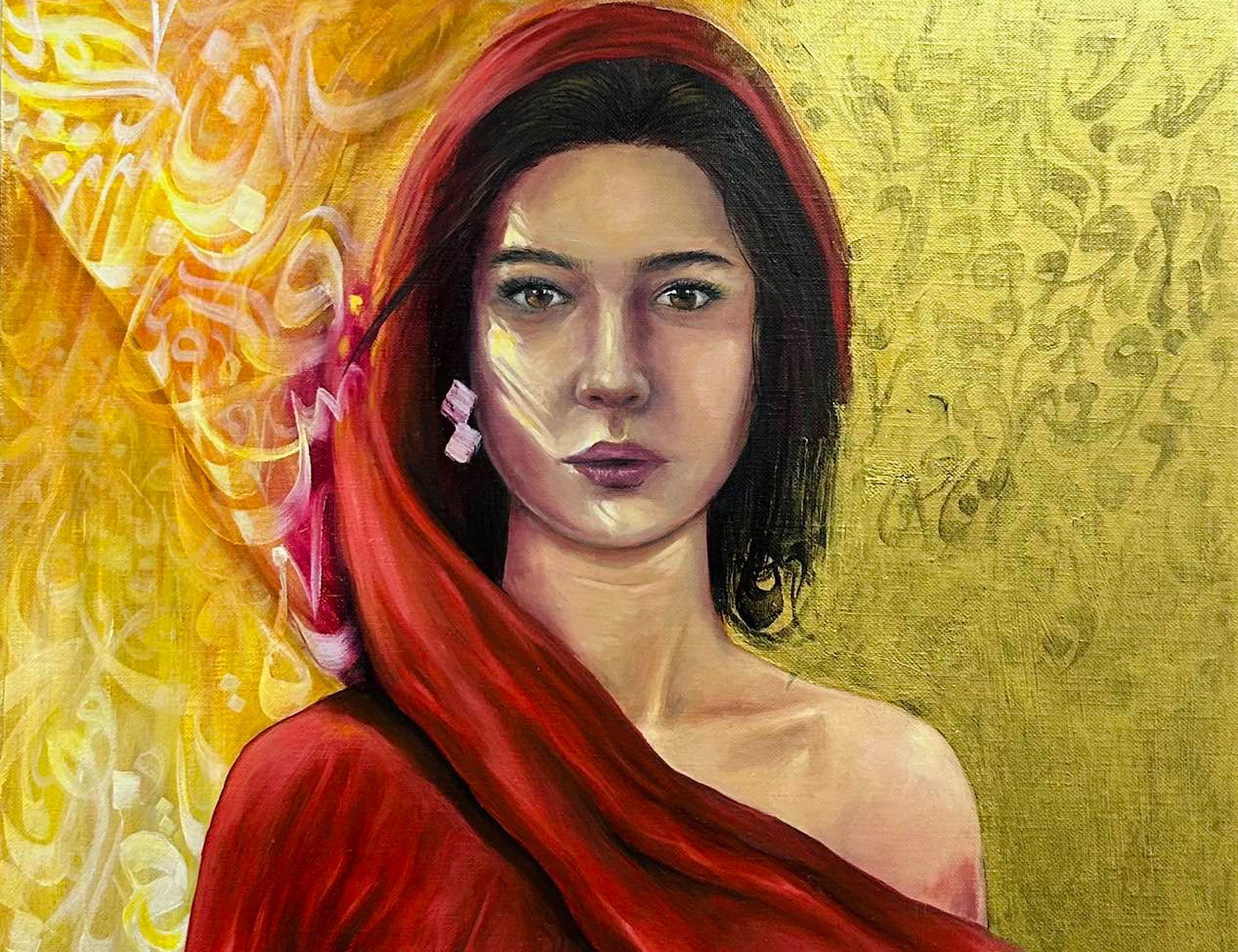+ Aesthetic Reflections
+ Aesthetic Reflections
Art is a bridge, a way of communicating the depth of our natural make up to others.
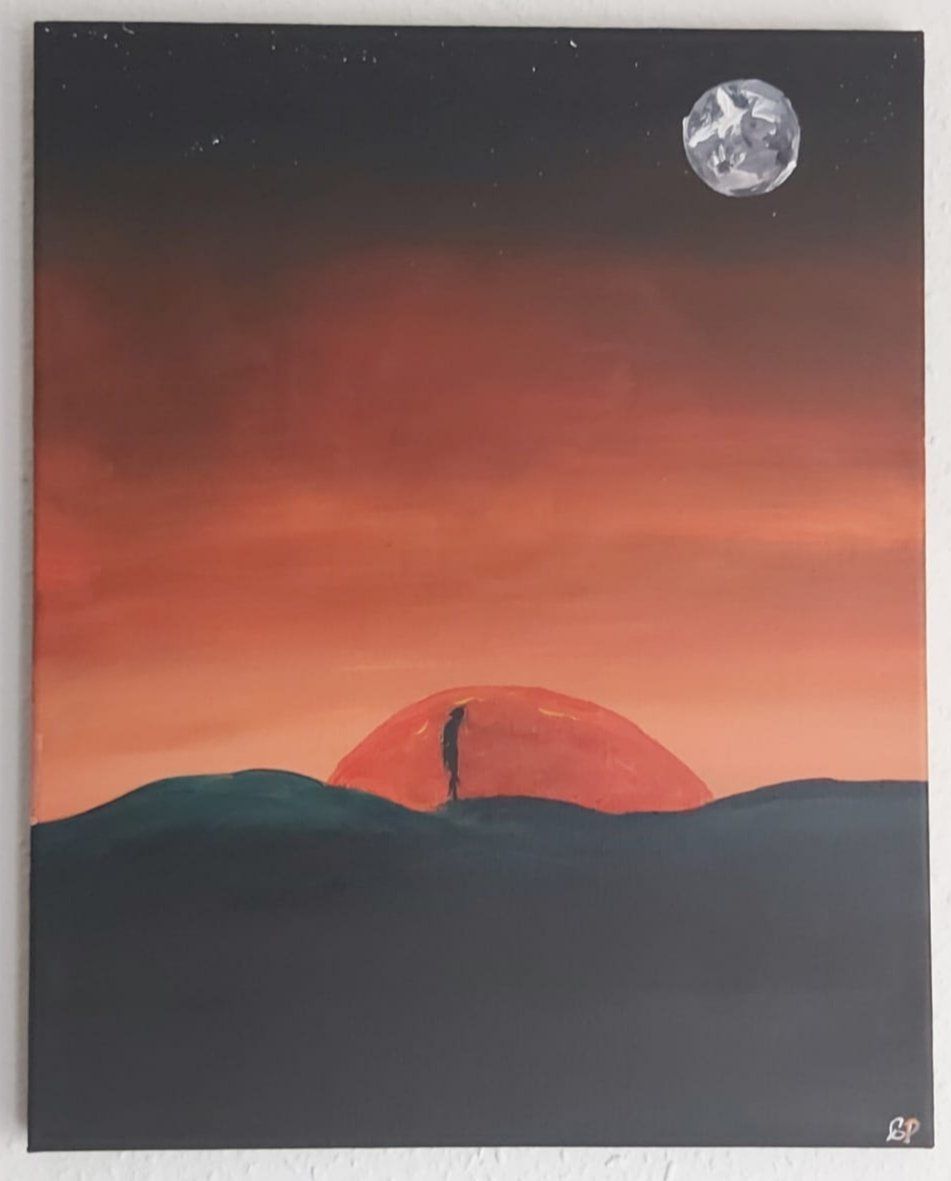
+ Aesthetic Perspectivism
In art, there seems to be at least to distinct manners of looking at the world. On the one hand, the general way the external objects and subjects of inspiration exist and that can be captured by means of a neutral lens. For instance, a photographic lens. On the other, the way in which the artist sees things.
The latter is stamped, to the audience’s fortune, on the medium employed. That is, the way in which the artist sees and the subjects which serve him as material are immortalized in his creation. Painting, therefore, is a glimpse into the depth that is the artist. By means of it, one can, momentarily, put oneself in the place of the other, see as the other sees. In other words, art as empathy.
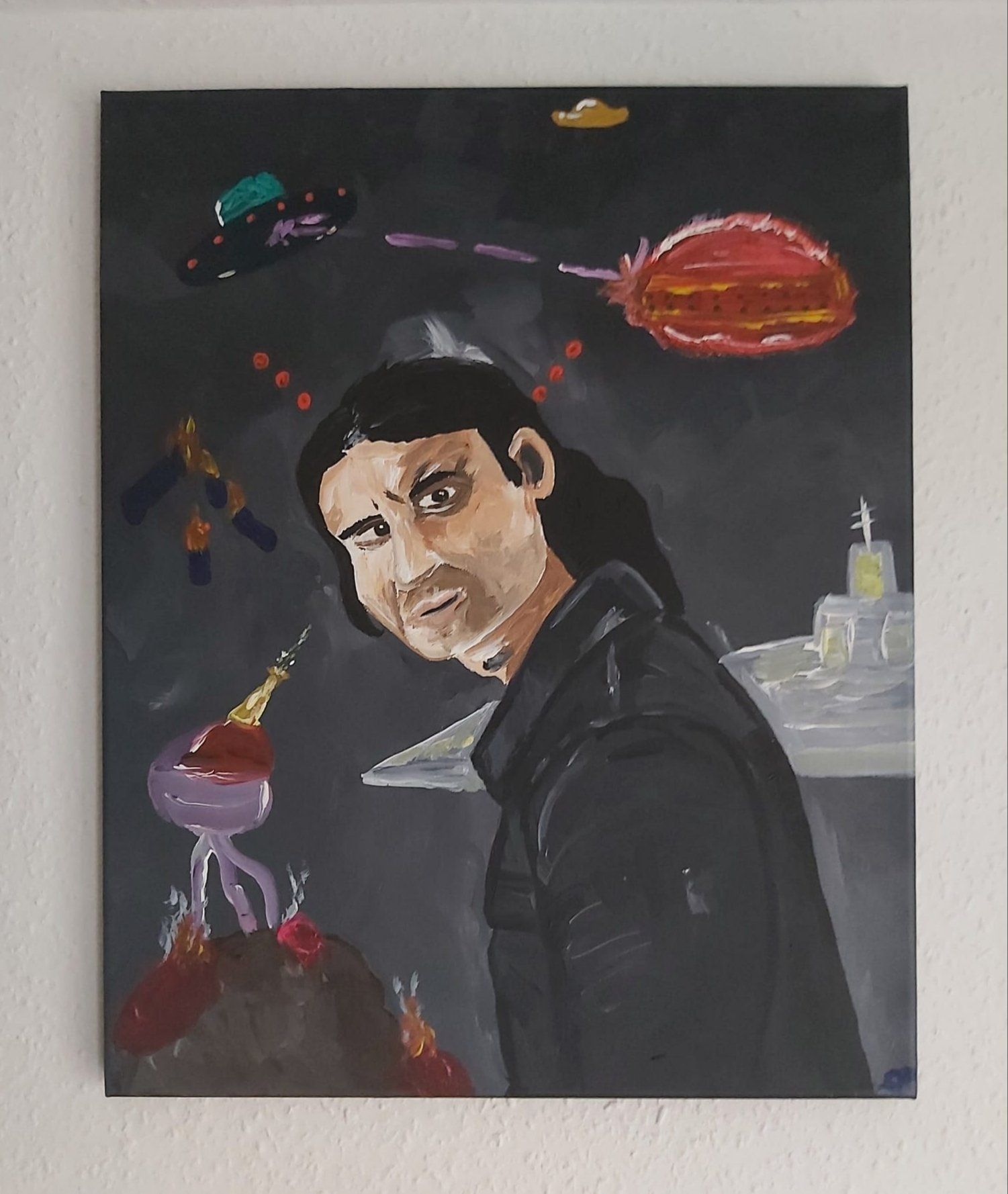
+ The Power of Art
We are able to tell the power that lives and manifests within a piece of artwork in accordance with the length and the efforts put towards its preservation. For it compels us to keep it in existence for as along as we live and die. Hence, the older the artwork, the more powerful it is.
+Two Types of Art
Art comes to us in two types:
-Impulsive
-Rational
Impulsive art is the product of a fury. That is, of madness. The outcome of a thirsty passion par excellance. Thus, the artist becomes a mere means, a medium between the object of inspiration and the created one. His opinion is never asked for, it is a deed over which he has no control whatsoever. For instance, some manifestations of painting, poetry and music.
Rational in the sense that reason is employed as a means for finding the best way through which the main impulse can be realised; an elaborate, clean-cut art, namely, sculpture and painting.
